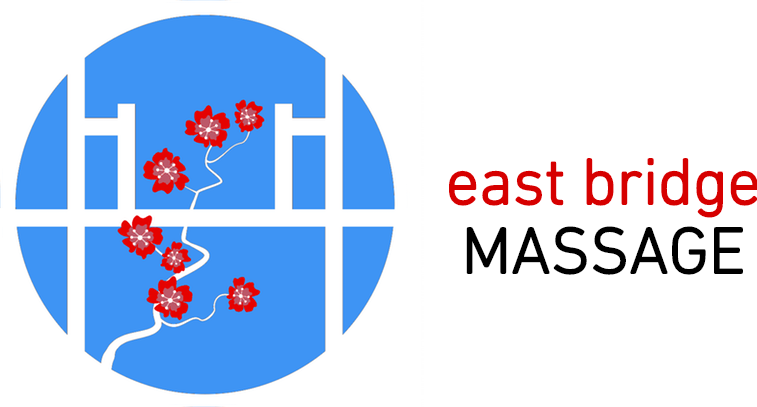Prior to receiving their first deep tissue massage, many patients have fears or expectations that this kind of treatment will cause muscle soreness or pain. This false assumption should never keep a patient from one of the most therapeutic treatments available for injuries and pain conditions. Read below to learn the truth about pain during deep tissue massage.

Define Pain: A frequently referenced stereotype about deep tissue massage is that it “hurts so good”. This widely-circulated belief is not entirely false – deep tissue massage should feel good, and some patients will describe their responses during and after the massage as pain, but it should never be painful in the traditional sense of the word.
What to Expect: Deep tissue work can be compared to the muscular tension one feels after a vigorous workout. It is the kind of pain that you should want to lean into versus pull away from. Your body will allow this productive pain and tell you when it is becoming too much through resistance.
Communication is Key: Effective massage therapists make communication a key part of their routine in treating patients, especially when utilizing deep tissue techniques. Beyond the open channel of verbal communication, your therapist will listen to your body ques. A key way to sense the pain levels a patients is experiencing is monitoring breathing. If you find yourself unable to breathe through a moment of intensity, you should communicate that you are in pain.
If the possibility of experiencing pain during massage has deterred you from seeking body work, you are not alone. However, the healing potential of deep tissue massage is not painful and can give relief for the most stubborn or intense pain conditions. At East Bridge Massage in Portland, Oregon, our massage therapy specialists are available seven days a week to give you the most soothing deep tissue experience possible.

